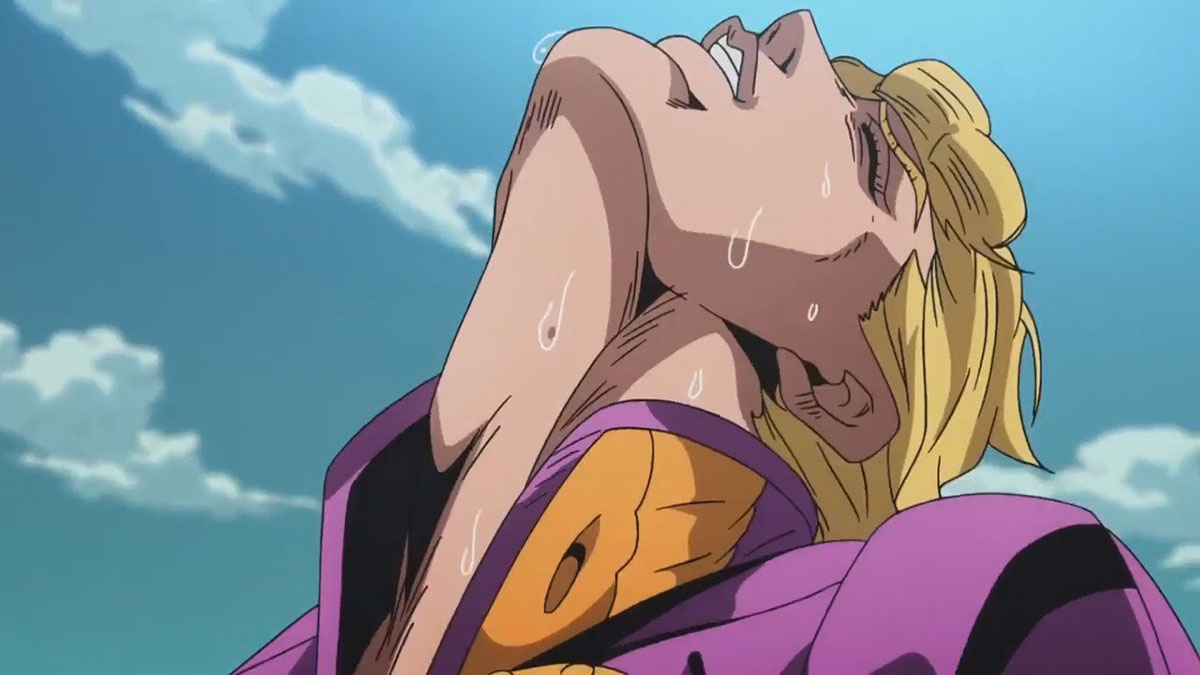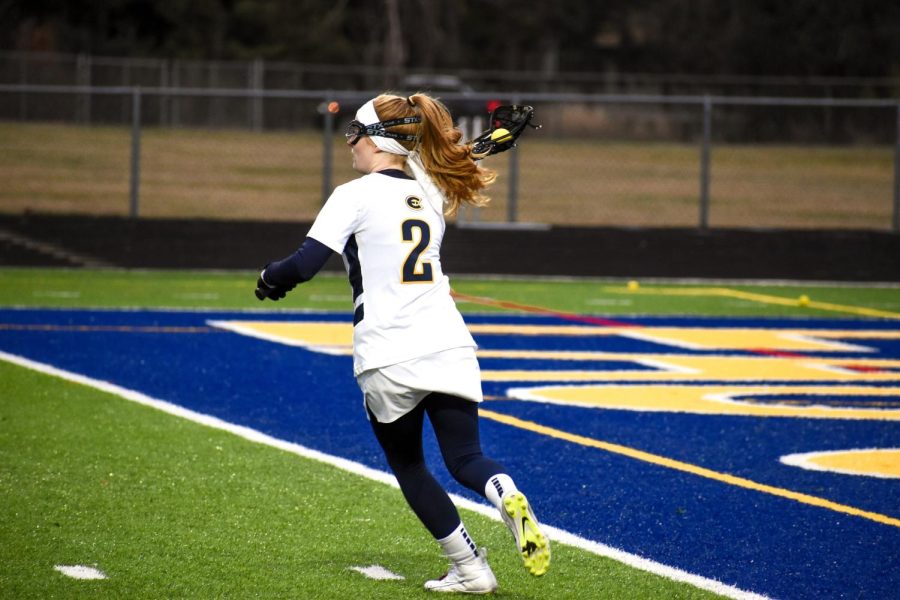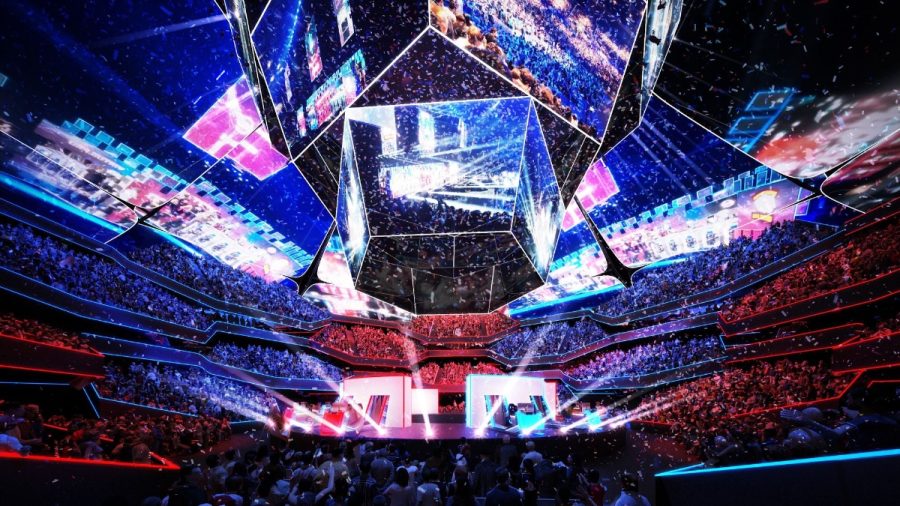Knowing how to make trades is crucial for any Fantasy owner.
A lot more strategy goes into it than many people realize. The most important factor is making sure you get the proper value in return for your players.
Not only will this help you from getting ripped off, but knowing what to do will also leave you feeling much more confident when talking with other owners. Obviously this is easier said than done, so I will try to do my best to break it down.
I realize I told everyone to hold off for a few weeks before making any major moves with their team, but I also know that most people are still going to try and make trades regardless.
Several trades have already gone through in my Eau Claire Fantasy league, including one I took part in myself. In my own defense, before you start calling me a hypocrite, it was an incredibly low-risk trade (I gave up Robert Meachem for Vince Young, if you were wondering).
In my opinion, the majority of trades fall into one of three categories: buy-low, sell-high and an even swap.
Buy-low
For a buy-low trade you do exactly what the name suggests. When solid players that have put up consistent Fantasy numbers in the past are underachieving to start a season, it is a good time to try and acquire them.
Since their stock is low at this point, less needs to be given up to get them on your team. Oftentimes you can even give up a few guys on your bench to get one of these buy-low players.
If I am the one shopping for players, this is my favorite type of trade to make. Usually you don’t need to give up any star players, and more often than not, the player acquired will end up turning their season around.
The main thing to factor in when deciding if a player is worth buying low is their age, how many years they’ve been consistent for, and if they are competing with a teammate for playing time.
For the buyer in this situation I would say there is medium to low risk, and potential for high reward.
Sell-high
As an owner who is looking to get rid of a player, I always suggest trying to sell-high. However, for anyone looking to add pieces to their team, I strongly caution from being the shopper in a “sell-high” situation.
Selling-high basically means trying to trade a player who began the season with low expectations. This player, because of a teammate’s injury or some other reason, has been a standout performer so far, or a standout performer in the last few games.
Prime examples of sell-high players would be the top two Fantasy scorers so far this season: Arian Foster and Jahvid Best.
Both have had great starts to their seasons, but neither has proven in the past they can do it consistently. Their stock probably won’t be any higher than it is right now, so that’s why you “sell-high.”
You’ll get more in return for your trade than you would if you wait and give them a chance to flounder.
The obvious potential risk in trying to acquire these “sell-high” players is that usually you have to give up a lot for someone who is still somewhat of a question mark.
In most cases for a sell-high situation I would say there is a high risk for the shopper, and really only potential for a medium reward.






